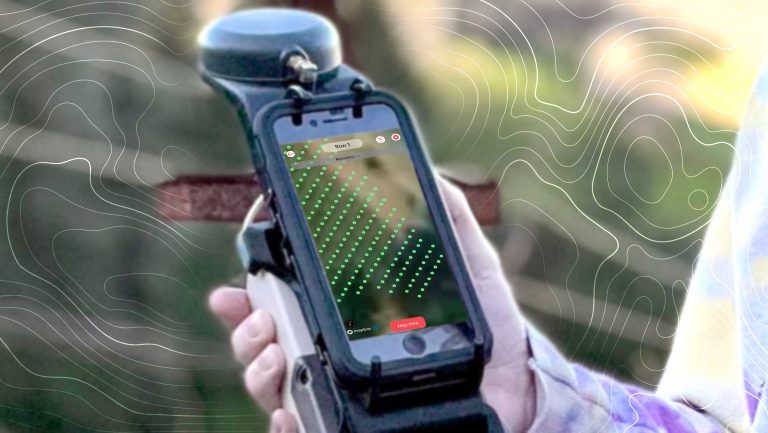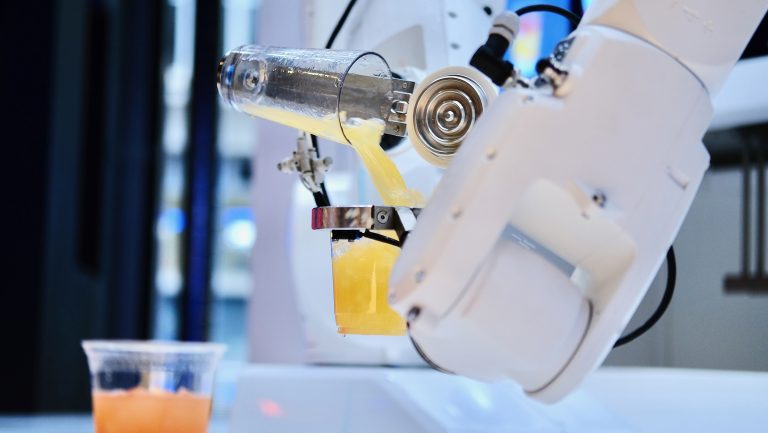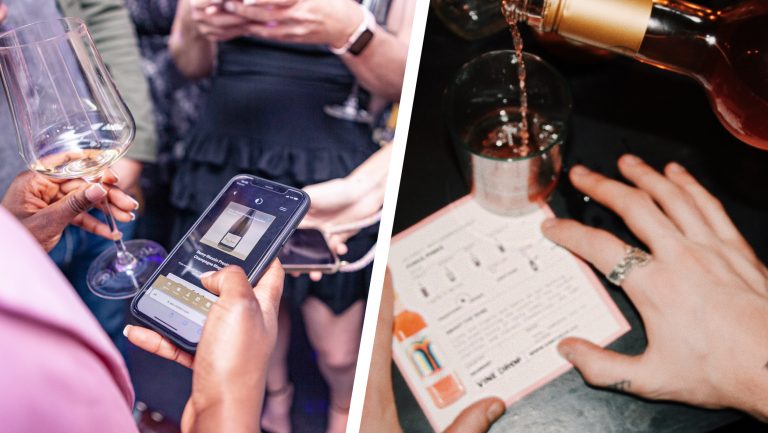Technology plays a vital role in all aspects of our lives, but with the speed of new developments, the choice of what tech to use and how to use it can be dizzying. At the “Emerging Technologies in the Wines and Spirits Industry” panel held at Vinexpo in New York City on Monday, wine industry professionals discussed the latest platforms and services they’re using to help optimize their businesses. Moderated by Erica Duecy, the editor in chief of SevenFifty Daily, the panel featured Aaron Sherman, the CEO of SevenFifty Technologies in New York City; Cheryl Durzy, the founder and CEO of Liberation Distribution (LibDib) in San Jose, California; Kelley Rochna, the vice president of marketing and innovations for Vine Connections in Sausalito, California; and André Mack, the owner of Maison Noir Wines in McMinnville, Oregon.
Using business-to-business (B2B) and business-to-consumer (B2C) technology solutions can help wine brands and companies maintain a competitive edge, but as Duecy pointed out, there are so many emerging platforms, products, and services, that the space feels fragmented. The panelists discussed how they’re integrating today’s solutions into their business practices and explained that they’re using technology in very different ways from one another. But they were all in agreement that the use of technology is vital to streamlining operations, connecting with new consumers, raising brand awareness, and helping to expand a business.
Managing Day-to-Day Efficiency
The messaging and workflow software Slack was cited by both Sherman and Durzy as a strategic tool for managing internal communications. According to Sherman, “It informs the decisions we make, consolidates workload, and gives us a better view—360 degrees—of everything that happens.”

Don’t miss the latest drinks industry news and insights. Sign up for our award-winning newsletters and get insider intel, resources, and trends delivered to your inbox every week.
Similarly, the SevenFifty platform is used by many in the beverage industry to streamline day-to-day operations in their businesses. For example, it allows buyers to look up product availability and pricing, as well as place orders.
Tools should integrate with employees’ normal work activities. Rochna found that sales reps frequently posted account visits on Facebook, so Vine Connections started to use Workplace by Facebook as a way to centralize the information through a platform that employees were already using.
Cultivating Relationships
The panelists also discussed how technology helps them build relationships with customers. They noted, however, that building rapport—even with the help of technology—takes dedication. Facebook and Instagram were frequently mentioned as popular forums, but Mack is an advocate as well of SuperPhone text marketing. “Your real-life URL is your cell phone number,” he said. “We’re slaves to platforms, but once they go away,” so does all the information they contain. A show of audience hands revealed that most people rarely change phone numbers, which Mack pointed out is the reason he’s convinced cell phone marketing will stay. Sherman agreed. “Text,” he said, “is a common language that everyone speaks.”
When Mack travels, he uses the SuperPhone app to connect with clients and promote his tastings in various markets. As part of his marketing strategy, he also sends customers personalized 30-second “thank you” and “happy birthday” videos via YouTube. For him, one-to-one outreach to his customers is vital. “Their business and loyalty have changed my life,” he said, and he wants to show his appreciation.
Sherman added that from a B2B perspective, SevenFifty plays a critical role in streamlining communications between sales reps and buyers. “We want to help sales reps better serve their customers,” he said, by automating tasks like sample sheet creation and sharing, which frees up time for reps to focus on visiting their accounts and building rapport with buyers.
Building Brand Awareness
For brands trying to become “discoverable,” it’s imperative to carefully consider which platforms will have the most impact—and the type of message that will resonate best on those particular platforms. Rochna noted that research shows that consumers are starting to seek out hard-to-find brands and that partnerships with third-party businesses like Drizly and wine.com facilitate getting products into people’s hands. These companies, she said, also let you “actively take control of your brands and manage content on the sites.”
Additionally, education is paramount when trying to draw in buyers, said Rochna. She explained that Vine Connections, as an importer, decided it was important to include robust product information for the trade on its website. Durzy also emphasized the importance of educating one’s clientele. She said she often helps her brands set up pages on their personal sites with information about where their products can be purchased.
The panelists said that traditional platforms such as Instagram and Facebook are great resources for visibility but that it’s the individual company’s content that really helps the business grow. In suggesting how that content might be improved, Mack pointed out that the profusion of vineyard photos frequently posted by wineries aren’t really distinguishable to a consumer. Rather, he encouraged brands to find their voice through storytelling, saying that “behind the scenes” posts work well for him. Mack also recommended partnering with like-minded brands, or forums such as magazines, for collaborations that can extend a message and reach new audiences.
Looking Ahead
With an abundance of existing platforms—and new ones launching every day—figuring out which are worth the investment can be challenging. Truly understanding your brand, your employees, and the customers you’re looking to appeal to can help with identifying the right products, said the panelists. Rochna, citing millennials as an example, uses insights into the demographic—such as data on their purchasing habits—when choosing among platforms to target this audience.
How data will be used in the future was top of mind for the panelists. “As we create data and gather it in ways we didn’t before,” said Sherman, “we’ll have better tools to automate analyses and better tools to target consumers with day to day.” Durzy noted that transparency and open access to data will help the industry better understand how brands grow. A major goal of technology may be to make work easier and more efficient, but it still needs to be supported by strategic thinking. “Just because you put something on Facebook,” said Durzy, “doesn’t mean it’s going to sell.”

Dispatch
Sign up for our award-winning newsletter
Don’t miss the latest drinks industry news and insights—delivered to your inbox every week.
Shana Clarke is a wine, sake, and travel writer, and the author of 150 Vineyards You Need To Visit Before You Die. Her work has appeared in Saveur, Fortune, NPR, Wine Enthusiast, and Hemispheres. She was shortlisted for the Louis Roederer 2020 International Wine Writers’ Awards and ranked one of the “Top 20 U.S. Wine Writers That Wineries Can Work With” by Beverage Trade Network in 2021. She holds a Level 3 Advanced Certificate from Wine & Spirit Education Trust and is a Certified Sake Sommelier. She will always say yes to a glass of Champagne. Learn more at www.shanaspeakswine.com and follow her @shanaspeakswine.







